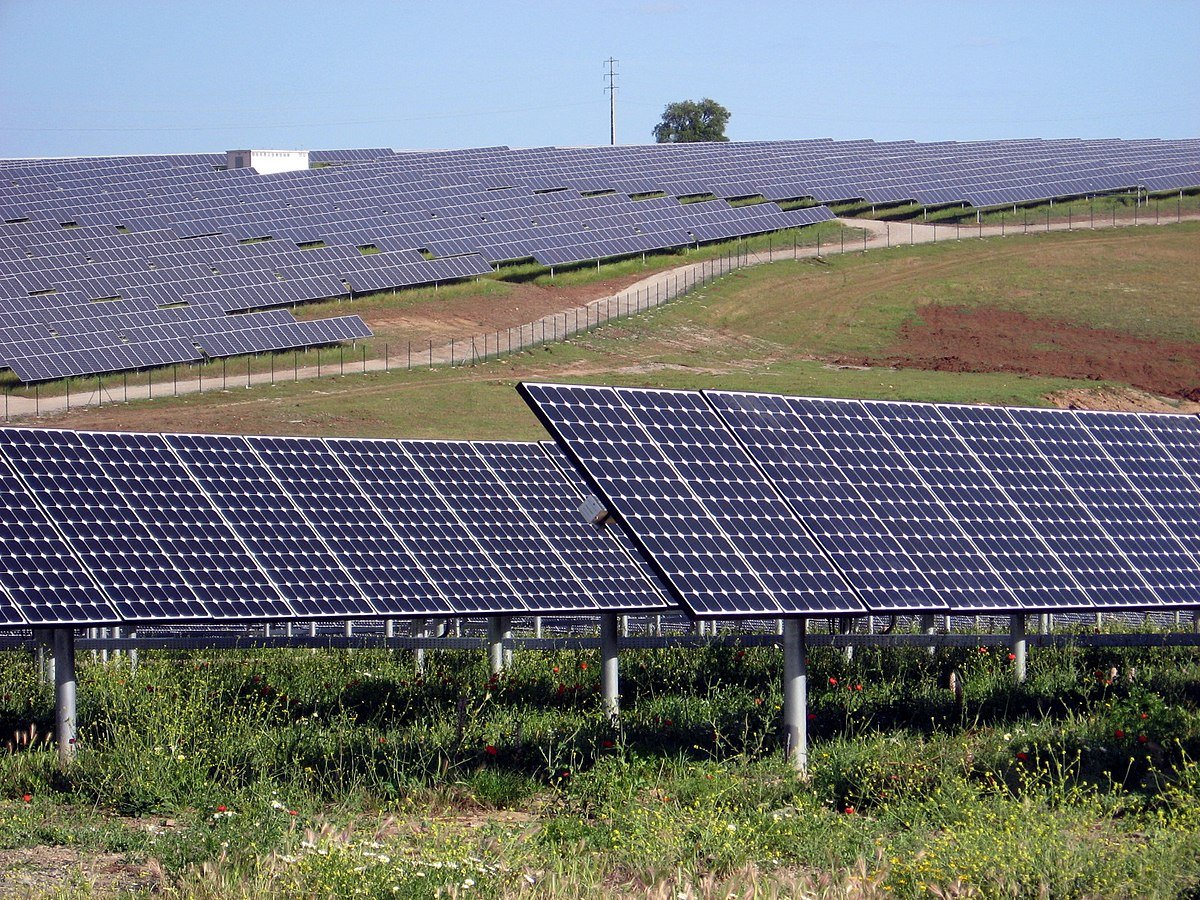New APO-MPC Hybrid Method Boosts Solar Panel Efficiency in Shaded Conditions
Solar panels under partial shade have long struggled with performance losses – until now. Researchers have merged two advanced techniques (Adapted Perturb and Observe (APO) and Model-Predictive Control (MPC)) to revolutionize shade management. This breakthrough offers significant implications for solar installers and engineers working with industrial rooftop solar systems.
The Partial Shading Challenge
Partial shading transforms solar arrays into complex puzzles where one shaded panel can reduce overall output by up to 30%. Traditional maximum power point tracking (MPPT) methods often miss global efficiency peaks under these conditions.
APO-MPC Architecture Explained
- APO identifies shading patterns and power curve characteristics
- MPC predicts optimal converter adjustments in real-time
- 99.46% simulation efficiency achieved
- 97.14% efficiency in physical tests
Field Validation in Extreme Conditions
The system was tested using real-world irradiance data from Lahore, Pakistan, demonstrating:
- 2-13% power increase over conventional methods
- Rapid 0.24 second settling time
- Compatibility with standard TOPCon solar modules
Practical Implementation Benefits
Hardware Compatibility
The solution works with existing infrastructure:
- Standard DC-DC boost converters
- Common bypass diode configurations
- Off-the-shelf passive components
Industry Impact
This innovation provides three critical advantages for solar professionals:
- Enhanced energy yield from partially shaded sites
- No specialized equipment requirements
- Seamless integration with current solar monitoring systems
The research demonstrates how solar energy optimization continues to evolve, delivering practical solutions for real-world installation challenges. Full technical details are available in the team’s Scientific Reports publication.






